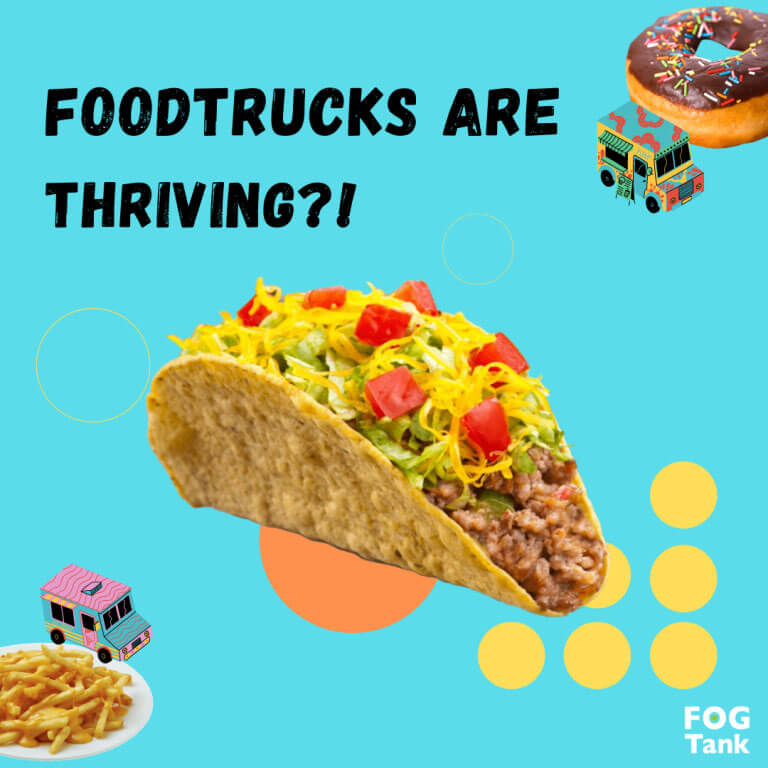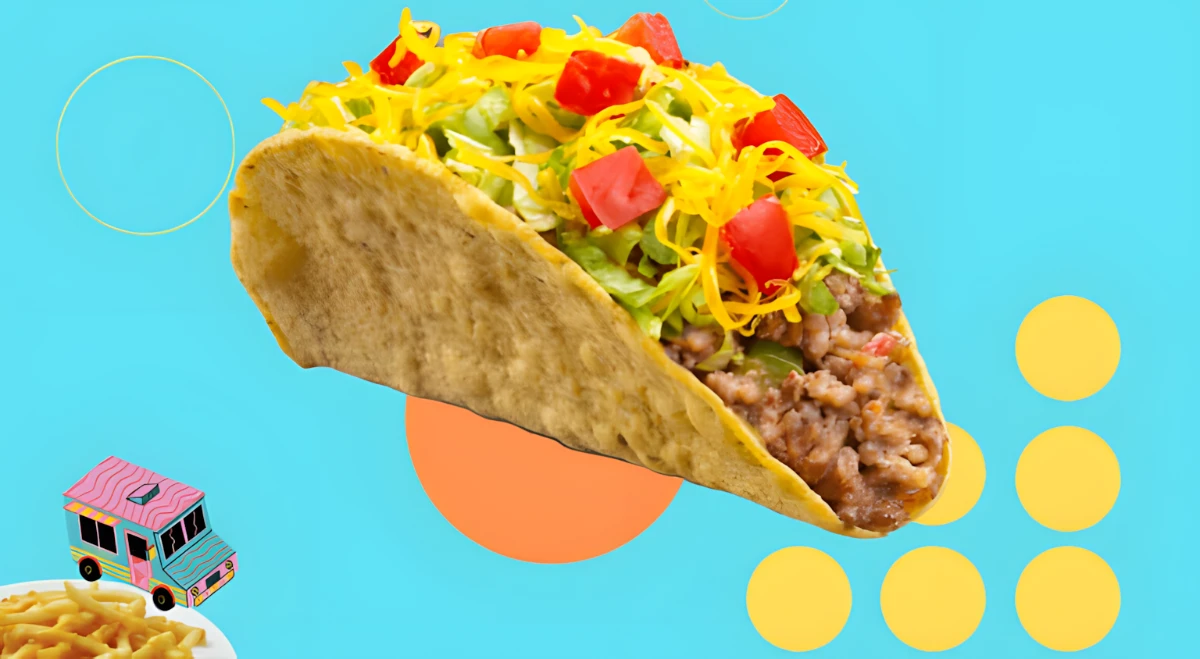With curfews, lockdowns, and an ever-present public health crisis, those in the food industry face a tricky business landscape. Finding a balance between keeping customers feeling safe, making a profit, and following local guidelines can be challenging and even detrimental to many businesses.
However, exciting discovery in the Pandemic era is the popularity and profit made in the food truck business. In fact, some food trucks are doing even better than they were pre-pandemic. As food trucks already offer outdoor dining and encourage social distancing, it’s easy to see why customers continue to choose this food option. Here are a few ways that food trucks are staying ahead during COVID-19.

Outdoor Dining is a Hot Trend
The premise behind food trucks is that there is no physical indoor seating location to visit. Instead, you need to approach a window to order and will be served the food from the same window once it’s ready, really limiting the amount of interaction. Most food trucks only offer a few tables or benches that are naturally spaced apart because most people order food and leave once they receive it instead of sticking around.
As regulations become trickier to manage with capacity limits, food trucks don’t necessarily need to worry or change their process significantly. It’s easier for food trucks to stay open and follow proper sanitation procedures. This allows the business to run as usual and gain even more business from surrounding restaurants that cannot accommodate their typical capacity of visitors.
Smaller Appliances = Less Expensive
Compared to the costs of opening a regular restaurant, a food truck has a lot less overhead. Since there is less space, there is no need for oversized equipment. In fact, most restaurants use smaller, most efficient appliances, such as the FOG Tank, which is designed to clean your dishes in a space as small as 28 inches wide by 33 inches tall and can be customized to fit your specific food truck layout. Additionally, the FOG Tank is UL Listed can improve food safety by ensuring that all wares are sanitized. There is no reliance on the operator, and it is in compliance with NSF and FDA Food Code Standards.
Along with smaller and more efficient appliances, food trucks do not need to pay for staff, indoor seating, or decorations. Plus, fixed costs like rent, electricity, and water are a lot lower for a mobile food truck. While it doesn’t mean the food truck business is easier, it does make it simpler to adapt to the ever-changing industry.
Catering Gigs
Even though the pandemic is not over, events, business meetings, birthdays, and office parties are still happening, and they need food. One of the cleanest and safest ways to offer catering is through a food truck. It’s easy to transport food in a safe and clean environment to the destination that the catering will happen, which means fewer hands and settings interacting with the food.
Plus, unlike restaurants that usually require kitchen space to heat up or set-up their food, you’ll be able to keep it all in one place. This reduces the possibility of cross-contamination or having to enter an unsanitary environment to cook food. It protects both customers and employees from getting sick while still making a profit and providing stellar service.
Online Ordering
An advantage of food trucks is the ability to process a large number of online orders. In restaurants, it can be hard to keep up with to-go orders or eliminate them completely, depending on how busy your restaurant becomes. In the pandemic, customers feel safer ordering take out and eating in an environment that feels clean to them.
Food trucks are the perfect set-up for take-out because they already do it on a daily basis. Food trucks allow ordering through the front window, phone call, or through an online website, streamlining the ordering and payment methods to have less physical interaction.
Easy to Change Menu
When restaurants create a menu, customers expect that the same items will be consistently offered. However, with a food truck, menus can be a little more flexible, allowing owners to change and experiment with new food options. Food truck owners can offer specials to see if a new dish works and gain customer feedback before allowing it to become a permanent menu item. Food trucks can even adjust their menu seasonally to keep up with produce or food products offered in bulk. By purchasing seasonally, it helps keep food costs to a minimum.
Free Advertising
Most restaurants have to spend a fortune creating advertising and brand awareness, especially when many people are not eating out. However, since food trucks can move locations, they’re essentially acting as a billboard to attract business. As a food truck moves around town, it allows customers to learn about the business. Usually, food trucks contain their menu and social media links right on the side of the vehicle so anyone who passes by can open it up on their mobile device. Plus, it helps to build brand recognition and familiarity the more that customers see the name as they’re driving around town.
Perfect Location
Some areas have different or more strict restrictions than others. Guidelines can be set by the state, city, or even county restrictions. It can impact the time businesses are allowed to open and close, along with capacity limits. If, for some reason, one location doesn’t work due to restrictions or popularity, it’s easy for a food truck to move to a new place to find new customers. This allows food truck owners to test out multiple locations at different times of the day to see where they get the most business and what local laws work the best for them. Some food trucks even change location mid-day, using one for the lunch rush and one for dinner.
Easy to Follow Sanitation Guidelines
The biggest concern during coronavirus is how to keep restaurants clean according to city guidelines and customers’ preferences. With such a small space available inside a food truck, it’s easy for owners to sanitize between customers by wiping down all surfaces and providing almost entirely contact-free orders.
